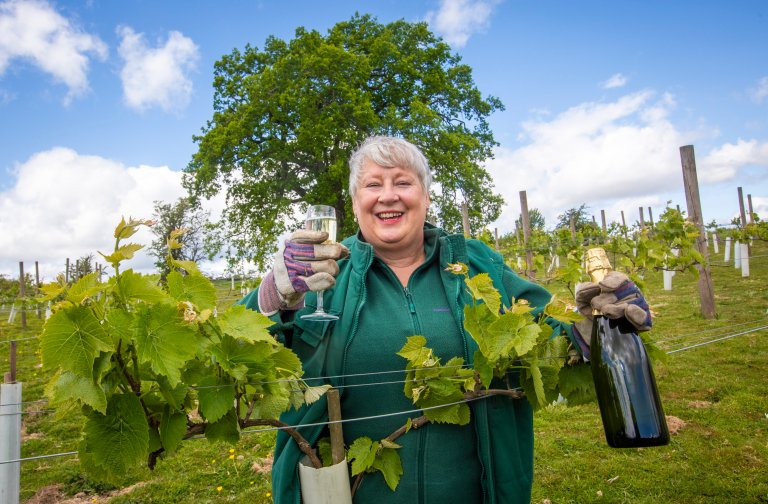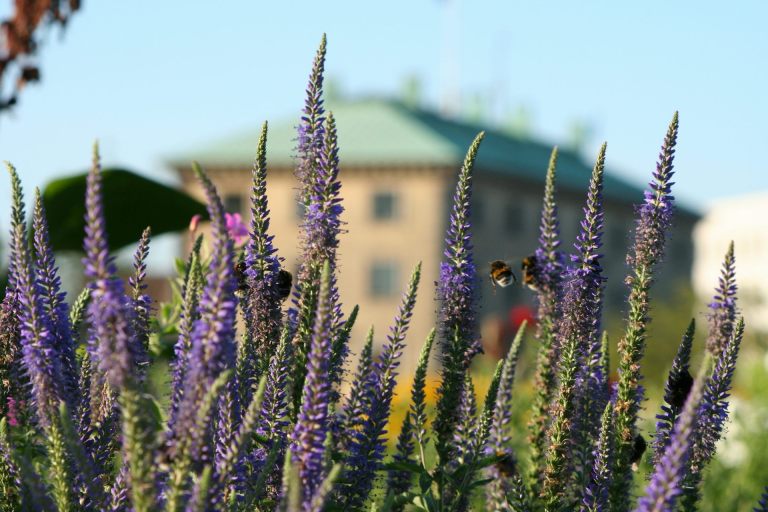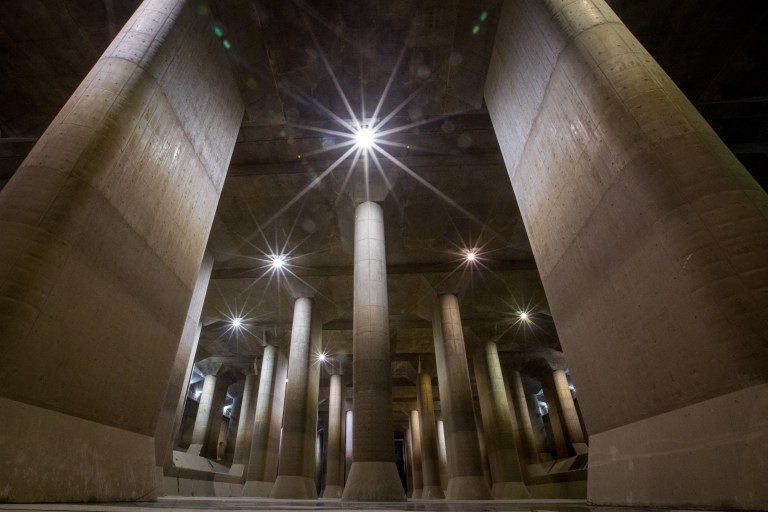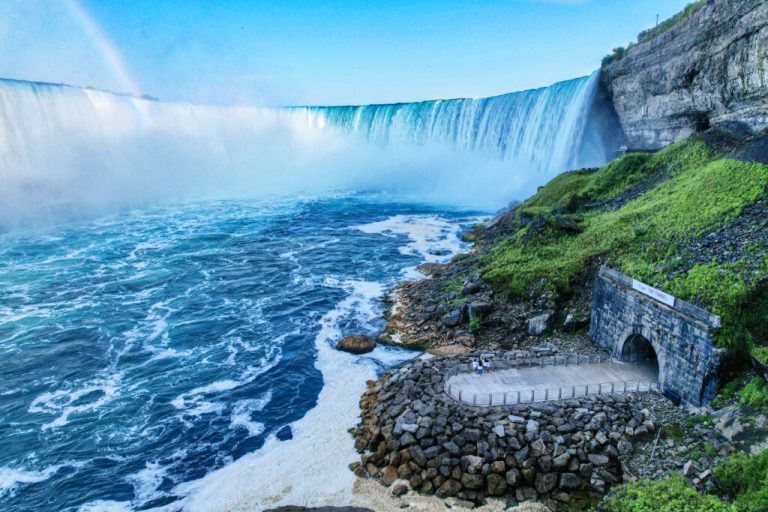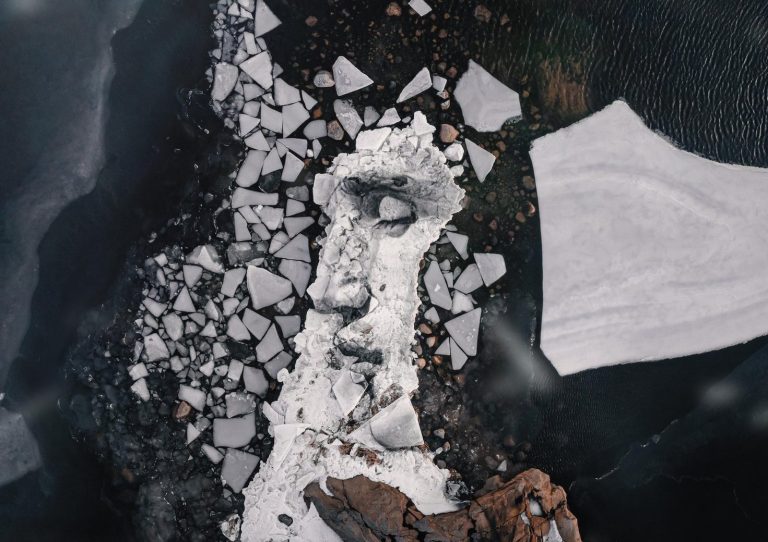Under the right conditions, bonsai trees can live for over 100 years, some even reaching 1,000. One in particular — among the oldest — is nearly 400 years old and has endured a nuclear explosion.
On August 6, 1945, bonsai master Masaru Yamaki was at home when a U.S. B-29 bomber, the Enola Gay, dropped the world’s first atomic bomb over Hiroshima, Japan, during World War II. He lived just two miles from ground zero. Despite the catastrophe, which eventually took over 100,000 lives, Yamaki, his family, and their bonsai trees all survived.
One of them now lives in the National Bonsai and Penjing Museum, part of the U.S. National Arboretum in Washington, D.C. The tree was planted in 1625, meaning it’s nearing its 400th birthday. It was gifted by Yamaki in 1976, although the tree’s true history remained unknown until 2001, when two of his grandsons visited the museum. Through a Japanese translator, they revealed its past to staff members.
“After going through what the family had gone through, to even donate one was pretty special and to donate this one was even more special,” one of the museum’s curators, Jack Sustic, previously told Smithsonian Magazine of the bonsai, which had been in Yamaki’s family’s possession for at least six generations. “It’s a very special tree,” Sustic added.
Once made aware of the story, the museum initially chose not to share the potted plant’s background with visitors, preferring instead to focus on its beauty and symbolism, USA Today reported in 2015. But that year, ahead of the 70th anniversary of the Hiroshima bombing, the organization added a small plaque describing the history.
At the time, a college student spoke to the newspaper about his own impression upon viewing the bonsai. “It’s a lot about forgiveness,” he said. “About 30 years after the bombing it was donated as a sign of friendship from Japan. That’s incredible.”
The fact that it survived the tragedy isn’t the tree’s only amazing attribute, of course. The centuries-old art of bonsai, which traces its roots back to ancient China, is one requiring great patience and deep intention. According to Michael James, an agricultural science research technician at the museum, bonsai masters design every tree to evoke specific emotions in those who view them.
“You look at it and instantly you see something incredibly beautiful,” he told USA Today. “I think the whole art form of bonsai itself can have many meanings: It’s peaceful, it’s appreciative of nature, it’s meditative. That’s why I love this art form.”
To maintain the health and appearance of the tree, and every tree in the collection, a special styling and shaping process must be used. Said James: “So many generations have worked on this tree. That individual artist had such a great vision, and it keeps growing.”


